Top six abandoned places in the world
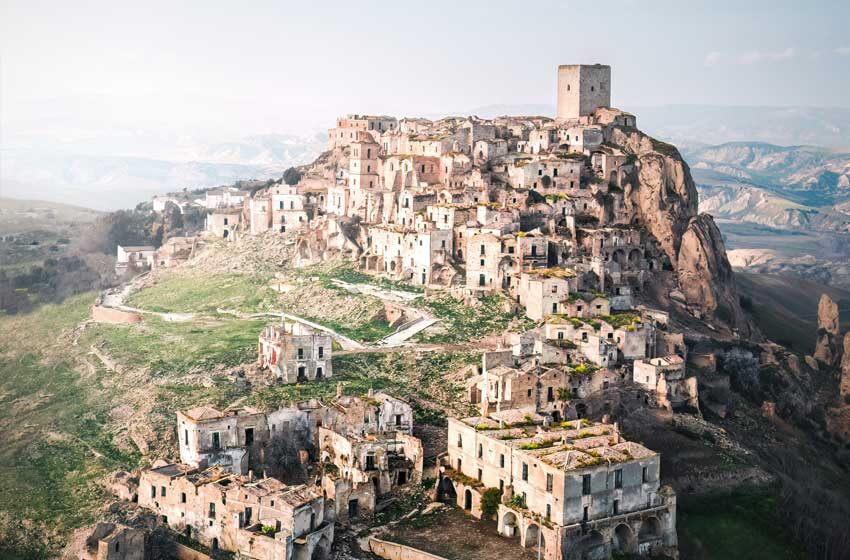
Have you been entirely alone in your house for a few days? If you have, you must remember how eerie it sometimes gets when you wake up in the middle of the night. Now imagine what it would feel like if you were to live in an abandoned city or town, wherein you might be the only resident. Besides, similar places are located in different parts of the world; some were left behind because people moved away due to environmental issues, while few others are subject to a gradual decay over time and lack of maintenance.
Take a look at some of the abandoned cities and towns worldwide:
Tianducheng, China
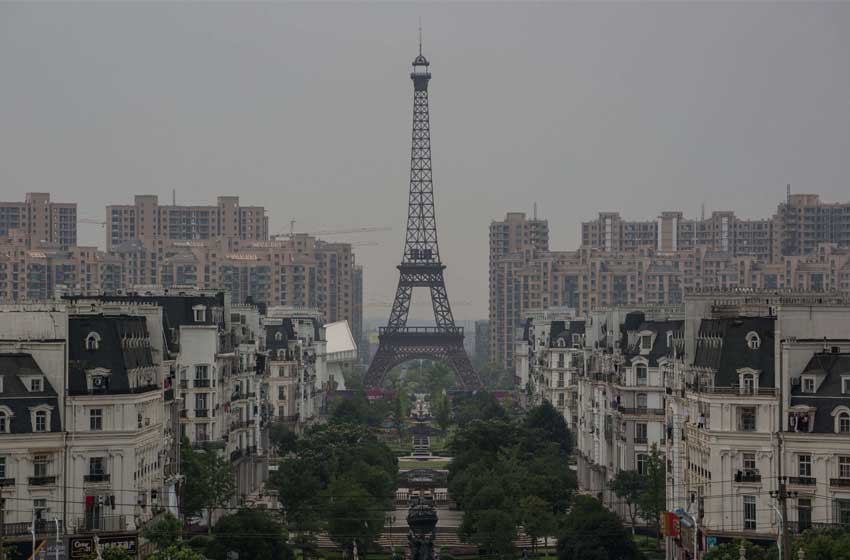
Tianducheng is an urban development located on the outskirts of Hangzhou, a large city an hour away by bullet train from Shanghai. The Chinese government had rezoned rural farmland to construct the grand city; the architects and developers began constructing Tianducheng in 2007, along with a 1:3 scale replica of the Eiffel tower and a recreation of the fountain from the Luxembourg Gardens.
Soon a section of Hangzhou’s affluent middle-class families started moving to Tianducheng, hoping that the city would rise in popularity. Also, they thought that a Parisian replica in the Zhejiang province could be a centre of popular domestic tourist attraction, wherein people would need to travel abroad to see the Eiffel tower.
However, their expectations were met with disappointment as the high real estate prices and change in economic growth resulted in few visitors. Besides, people who visit the city are usually curious travellers or wedding parties and photographers on a day trip from nearby cities.
Moreover, a significant reason behind the city’s decline is the odd location where the city is situated; hectares of farmland surround Tiaducheng, which causes people to travel an hour by public transport from Hangzhou’s central train station. Also, there is only one hotel for foreign travellers, “Tianducheng International Resort”, – and a handful of eateries serve up typical Chinese fare.
The skies remain grey most of the year from the heavy pollution drifting in from factories in the surrounding area. You will only see a hive of activity when construction workers finish their shifts at the end of the day. Also, the only two places seem to be thriving in the ghost city: The construction sites building more and more apartment buildings and the investor’s information centre. This immense hall holds a 3D model of how Tianducheng will eventually look if construction is ever completed.
Ruby, Arizona

Ruby, Arizona, is one of the best-preserved ghost towns in the American Southwest, which has a mine founded in the 1870s that produced gold, silver, lead, zinc, and copper. However, Ruby officially became a town when it opened its first post office in 1910. Unfortunately, the city and the surrounding area were the sites of three horrific double homicides known as the Ruby murders. Also, the murders led to one of the largest manhunts in Southwest history.
The Mines are home to an enormous colony of Mexican free-tale bats; you can see the giant bats’ clouds emerging from the mine entrances at sunset during the summer. On the hand, people abandoned the town in the 1940s, which now is a privately owned ghost town and is open to public visits against a minimum fee.
Varosha, Cyprus
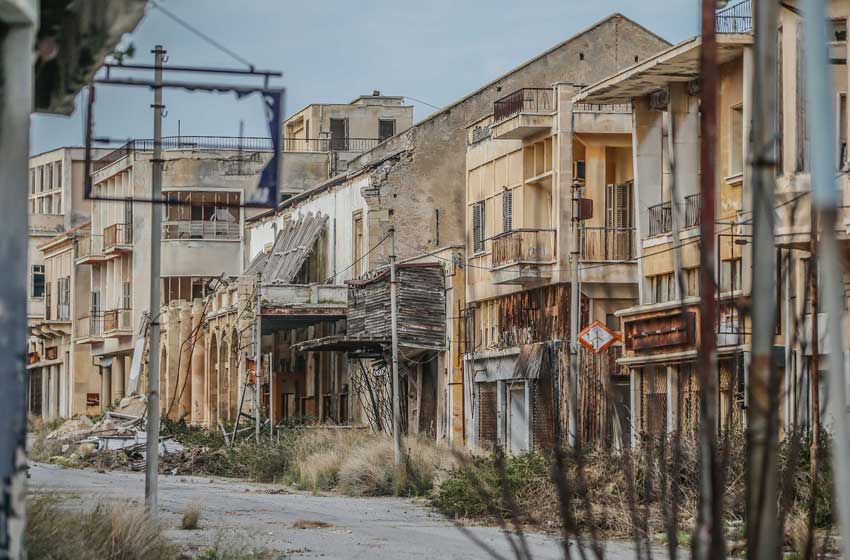
Before the division of Cyprus in 1974, Varosha was a famous resort town with sky-scraping hotels, shopping districts, and pristine sandy beaches. Moreover, it was an attractive tourist destination where celebrities like Elizabeth Taylor, Richard Burton, Raquel Welch, Bridget Bardot, etc., used to visit frequently. However, in 1974 Turkey invaded Cyprus and the Turkish and Greek armies descended on the area around Varosha; hence the residents had to escape to save their lives.
So, ever since, Varosha has been abandoned and under Turkish Military control. Consequently, it has been fenced off, and nobody except the military and UN personnel has the authority to enter the once tourist destination.
Tourists are banned from entering or taking pictures inside the fenced-off areas. But some have managed to skip through the fences over the years and note what has been left behind.
Wittenoom, Australia

Wittenoom was a mining town founded in 1946 in Western Australia, and it was the largest town in the Pilbara region. A few decades ago, a nearby gorge was filled with blue asbestos, a vital raw building material.
Over the years, in lieu of increased health awareness, the demand for asbestos declined. So, the mine closed in 1966, with most inhabitants moving away to find work and build their livelihood. Also, in 2007, the Australian government took the initiative to limit access to the former mining town and removed it from all official maps.
However, despite being abandoned, you may find asbestos fibres in the topsoil and air due to the nature of mining that occurred decades ago.
Ashgabat, Turkmenistan
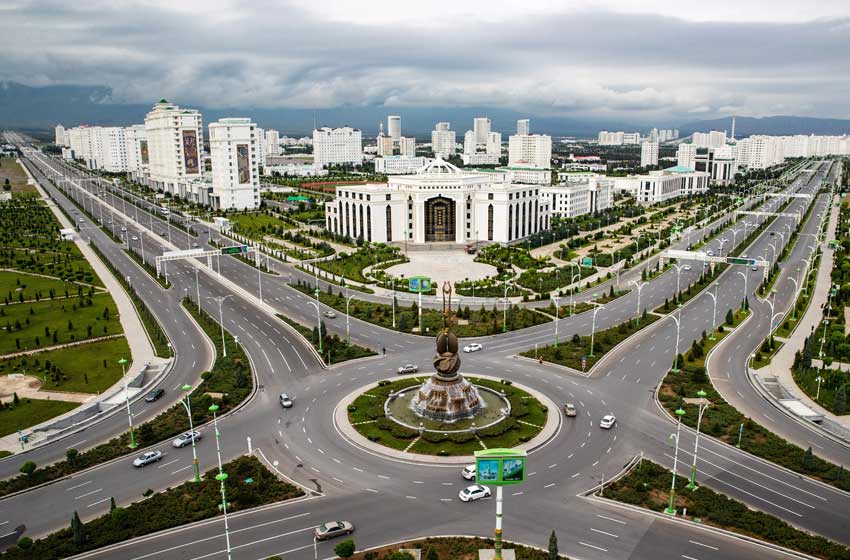
President Suparmurat Niyazov planned to create a “golden era of Turkmenistan” in 1991 by building Ashgabat. Therefore, he constructed buildings that broke world records, like making the city with the most marble structures or buildings in the world.
Moreover, the city has 543 buildings made of luxury materials, and the city has the world’s giant Ferris wheel. The marble buildings are closer to the central and southern streets; also, there are luxurious, massive, high-ceilinged apartments in these buildings. But the older city bounds to the East, South East and West, where you might see comparatively populated areas.
The ghostly buildings of Ashgabat are like national monuments, and the locals treat them as semi-UNESCO world heritage sites. Moreover, due to strict visa rules, Turkmenistan is among the least visited countries worldwide, with only 7000 tourists per year.
Craco, Italy
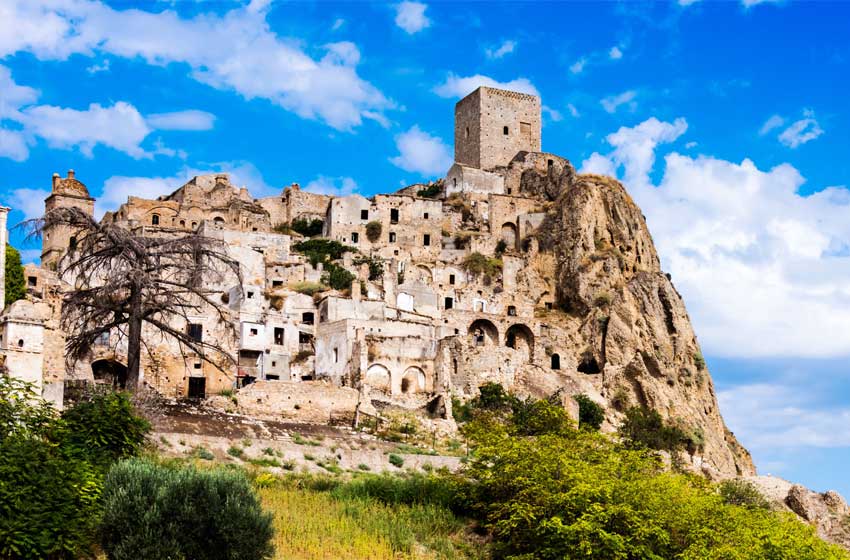
Craco is located on the tip of Italy, where the village is set out on a 1300 foot high cliff overlooking the river valley. Besides, the village’s geographical position and setup were ideal enough to resist many plunders over the years.
Craco was a medieval village situated in the earthquake-prone Basilica region about 40 km inland from the Gulf of Taranto at the bottom of Italy. However, the city has its origin dating from 540 AD, when it was known as Montedero.
The town survived the Black Death that arrived in the 1600s, causing the deaths of hundreds of residents. However, by 1815, the town flourished and was divided into two districts.
Today, the city remains abandoned and is no longer accessible to the public, but a guided tour is available. Despite the ruin, many buildings like palaces and churches remain intact with their original features like shutters, railings and frescoes echoing the glory of the past.
Also, the town has often been a shooting location for well-known movies like The Passion of Christ, Quantum of Solace, etc.







